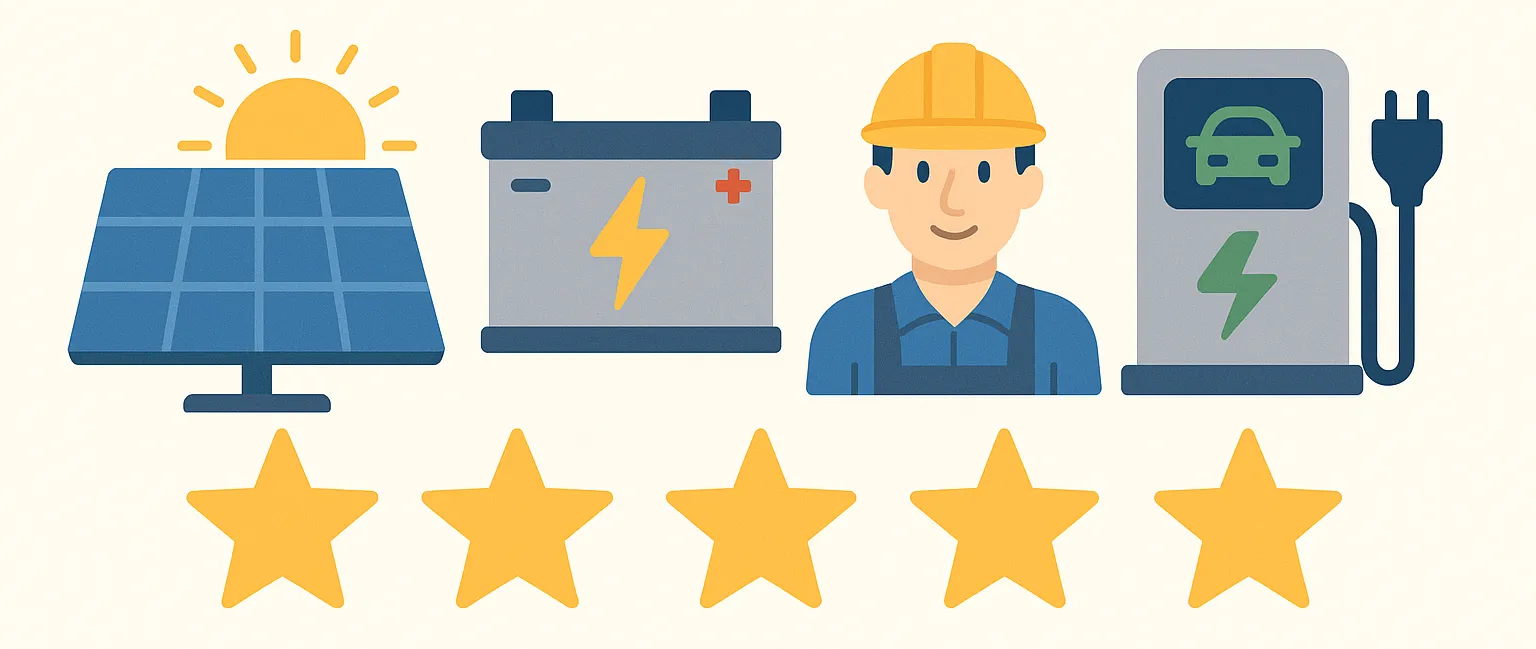South Australia electricity households can save between $30 and $40 on annual power bills from 2020 under a new regulatory decision.
The Australian Energy Regulator on Monday issued the 2018 Rate of Return Instrument, which reduces the return on investment to companies for maintaining transmission and distribution networks paid by households and businesses.
AER chair Paula Conboy said the decision balances the need for efficient and stable investment to build and maintain Australia’s future energy networks while ensuring consumers pay no more than necessary for safe and reliable energy.
“Estimating rate of return is a complex exercise.
“The 2018 instrument is the result of the most comprehensive consultation process we’ve ever undertaken, with consumers, investors, and businesses included throughout the process.
“It’s expected that the new instrument will help reduce consumer bills by around $30 to $40 a year,” she said.
SA Energy Minister Dan van Holst Pellekaan welcomed the national decision.
“This modest reduction in the cost of power is good news for South Australian households and businesses struggling with the highest electricity prices in the country, and is in addition to reductions from other measures,” he said.
“Sky high electricity bills have resulted in too many South Australian households struggling with massive energy debts and led to families being disconnected.
“Power bills are made up of many factors, so we need to action across the board to bring down prices.”
The decision will impact the next determination period on the state’s distribution network run by SA Power Networks which runs from July 2020 to 2024.
Australian sharemarket-listed owner Spark Infrastructure told shareholders its businesses have “certainty of cash flows in the short term” from existing regulatory determinations.
Electranet, which run the state’s transmission network, has an existing determination period in place to 2025, so will be subject to a future rate of return determination in 2025.
The Rate of Return Instrument is now binding under the new legislation developed by the Council of Australian Governments Energy Council.
